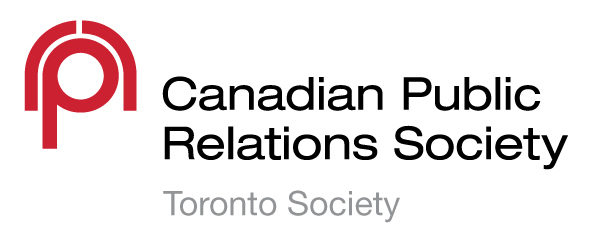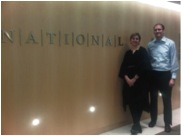 By Kelly Baita
By Kelly Baita
What is it that sets any PR firm apart from the pack? Is it size? Client base? Years in the business? According to Daniel Tisch, president of Argyle Communications, it’s about setting high standards and treating people well.
This philosophy has contributed to Argyle’s success and multiple CPRS ACE Awards, including an impressive six ACE trophies in 2011 alone.
A method for success
If you think there is a method to this level of achievement, you’re right. For Argyle, it’s about being meticulously selective in the submission process. During awards season, Dan and his team look for the best campaigns in each of their four areas of practice: consumer marketing, corporate communications, health and wellness and public affairs. Deciding on the right projects to submit is a process, and Argyle seems to get it just right. “Last year we entered seven campaigns in total,” says Dan. “Six of them won ACE awards.” This has been a continued trend with Argyle; in 2010 the company had its proudest ACE moment, winning PR Campaign of the Year for Peanuts in Crisis.
Winning more than trophies
After more than 30 years in business, Argyle continues to strive for greatness with CPRS. “What others say about you is most important,” says Dan. “Being recognized by your peers is the highest of honours.”
So has this continued recognition contributed to the company’s business? Looks like it. Ask any employee at Argyle, and they’ll express 100 per cent confidence in the agency’s reputation. Everyone on the Argyle team is proud to be there, especially as their work is celebrated by CPRS year after year. Beyond celebration and validation, winning multiple ACE Awards “helps us to tell our stories,” explains Dan. Each new award contributes to Argyle’s visibility within the industry.
Last year, Argyle even participated in our ACE WebN’R to share the Peanuts in Crisis case and award entry with other PR professionals. How better to show your expertise than that?
Looking ahead
Dan plans to submit to the ACE Awards again this year, with the same high standards as always. You’ll be likely to find the Argyle team at the 2012 gala on April 26.
Words of wisdom
If you’re new to the ACE Awards, take some advice straight from Daniel Tisch himself. To decide on which campaigns to enter, he suggests you:
- Consider your best campaigns.
- Consider the extent to which those campaigns are measurable.
If your results align with your set objectives, then go ahead and submit it!
The Early Bird entry deadline is January 13, 2012.

 By
By 



